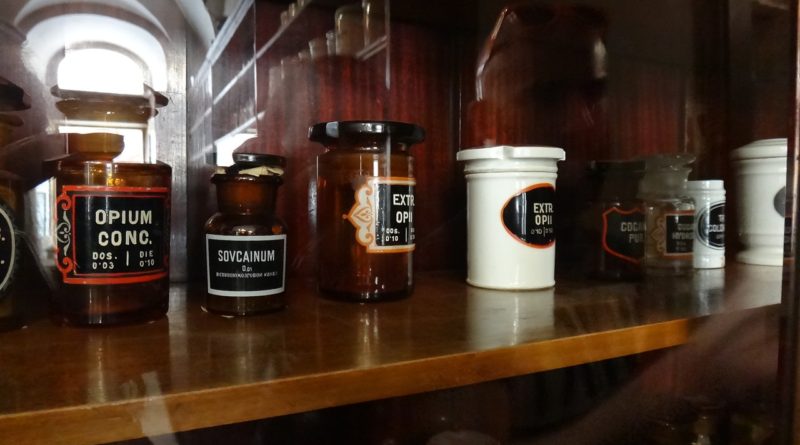That Time Bayer Marketed Heroin as “Safe and Non-Addictive.”
Today when you think of heroin you probably think of illegal drug abuse, the extremes of addiction, withdrawal, overdose and things of that nature. But what you probably don’t picture is heroine being marketed as a safe and non-adictive pain reliever available over the counter, sometimes in a neat little combo package with cocaine.
Such was the case in America following the Civil War. Because morphine use was so widespread for treating those injured in battle, the potential for addiction became pretty apparent to the public and to the medical community at the time, and so an alternative was sought. Enter heroine. Invented in 1874 it seemed at the time to be a viable and safe alternative to morphine, and was sold in The United States by Bayer as early as 1898
Even into the 20th century, kits were sold over the counter containing solutions for at-home pain relief, often including combinations of heroin, cocaine, and morphine. Aggressive marketing from drug companies at the time touted these opioids, and heroin in particular, as being a cure-all for an array of physical and mental ailments ranging from alcohol withdrawal to cancer, depression, cough, cold, tuberculosis and even old age.
The addictive effects of opium were well known not just in the early 1900s, but throughout history and across the globe. Opium itself had been the source of major disputes and cultural problems as early as 3400 B.C. Today heroin is sold illegally across the world, and the medical community in The United States agrees that heroin has no viable medical use given its addictive qualities.
